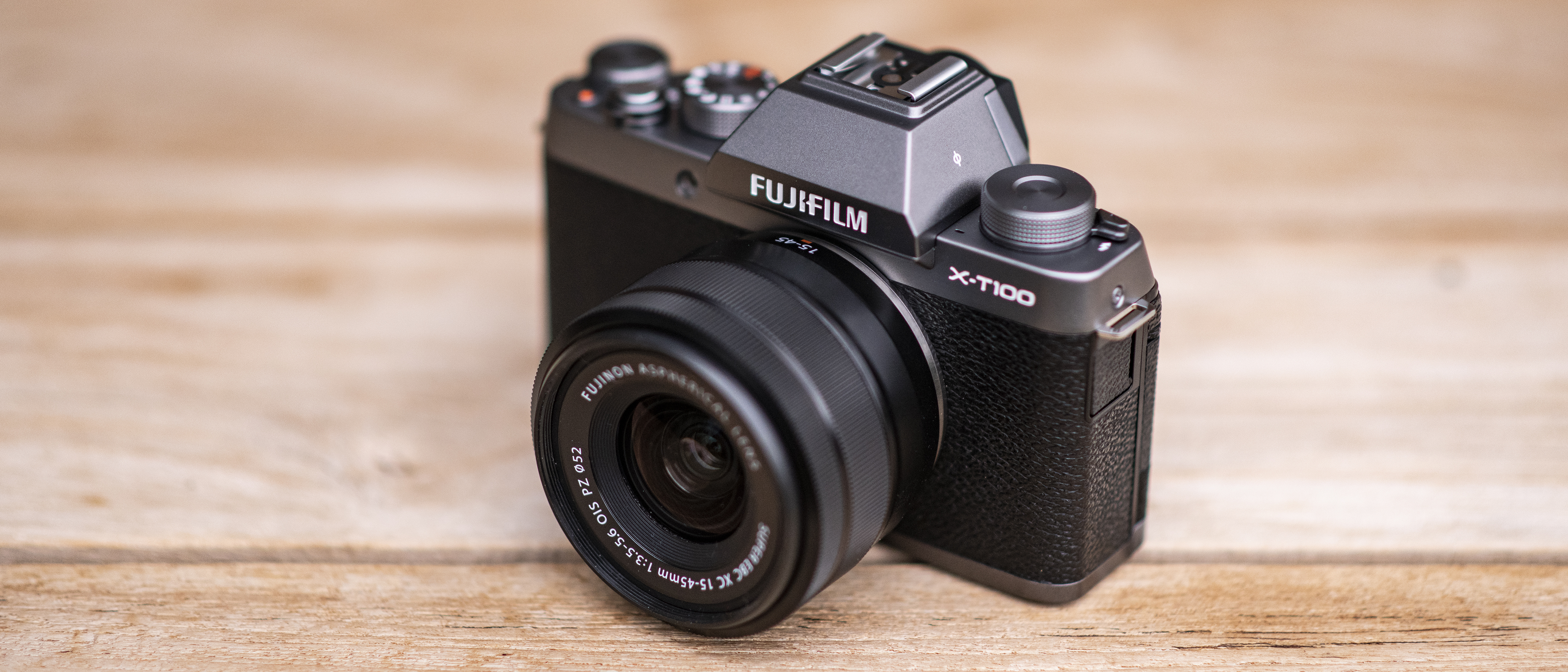Why you can trust TechRadar
Performance
- Solid metering and auto white balance
- Battery life good for a mirrorless camera
- Supplied lens is pretty sharp
The Fujifilm X-T100's 6fps burst shooting speed might put it behind the X-T20 and some other mirrorless rivals, but it's similar to a DSLR at this price point.
The X-T100 uses Fujifilm’s tried and tested 256-zone metering system, which performs admirably in a range of lighting situations. It can underexpose the shot when presented with a high-contrast scene, so a little exposure compensation or recovery of shadow detail in post-processing may be required, although this preferable to overexposing the shot and risking blown highlights.
It's a similar story for the X-T100's Auto White Balance system, which faithfully reproduced the colors of pretty much everything we pointed it at, although you've got a decent selection of white balance presets to choose from as well.
The X-T100's electronic viewfinder is nice and bright, with the 2.36 million-dot resolution delivering a lag-free image in good light. The rear display has a good level of clarity, while the touchscreen is nice and responsive, although not quite as slick as those found on most smartphones.
As we found when it was paired with the X-A5, the 15-45mm power-zoom kit lens can be a bit of a mixed bag. The plasticky feel might suggest the optics will miss the mark, but they're actually pretty sound, although we'd still recommend investing in one of Fujifilm's lovely compact prime lenses to make the most of the X-T100. The issue we have is with the operation of the lens – the electrically-operated zoom feels a little unresponsive and slow.
Battery life is pretty good for a mirrorless camera at 430 shots, but the X-T100 doesn't quite have the same longevity as a similarly-priced DSLR. That said, it can be charged via USB, which can be pretty handy when you're out and about, although the battery level indicator isn't displayed as a percentage, which is a little frustrating – instead you have to rely on three-bar battery level.
Image quality
- Sensor capable of delivering detailed images
- Film Simulation modes really useful
- Noise is handled well
For an entry-level system camera, the X-T100 delivers very good images. While it may miss out on Fujifilm’s X-Trans sensor tech, the regular 24.2MP CMOS sensor still does a good job.
Images are nice and sharp, and if you don't want to get bogged down processing raw files from the X-T100 you'll be more than satisfied by the array of Film Simulation modes on offer. Offering a selection of color and mono options that emulate some of Fujifilm's famous film stock, they deliver some really nice-looking JPEG files straight out of the camera.

Click here to see the full-size image

Click here to see the full-size image

Click here to see the full-size image

Click here to see the full-size image

Click here to see the full-size image

Click here to see the full-size image
Your enthusiasm for the X-T100's Advanced Filter modes will come down to personal taste, with some giving fairly interesting results, although we reckon you're better served by a smartphone app or one of Instagram's many filters if you want to give you photos a more distinctive look.
When it comes to noise performance the X-T100's sensor manages to retain detail up to ISO1600. It's above this sensitivity setting that you'll want to opt for raw capture to avoid having the X-T100's noise-reduction algorithm sacrifice detail at the expense of cleaner-looking images. While noise is present in raw files captured at ISO3200 and 6400, it's well controlled.
Current page: Performance and image quality
Prev Page Build, handling and AF Next Page Verdict and competitionPhil Hall is an experienced writer and editor having worked on some of the largest photography magazines in the UK, and now edit the photography channel of TechRadar, the UK's biggest tech website and one of the largest in the world. He has also worked on numerous commercial projects, including working with manufacturers like Nikon and Fujifilm on bespoke printed and online camera guides, as well as writing technique blogs and copy for the John Lewis Technology guide.

